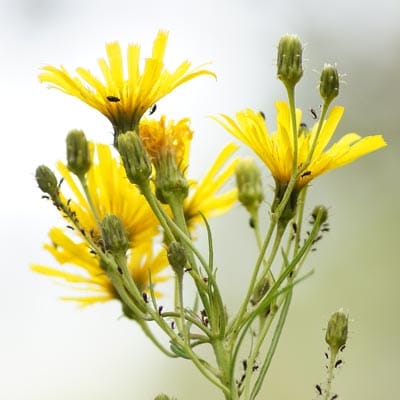Cats Ear: How to Keep it From Your Yard
18
FEBRUARY, 2019
DIY
Weed Control
The Cats Ear Weed got its name from its leaves, the main distinguishing feature from it and the Dandelion. Its leaves are relatively wide, hairy and resemble the shape of a cat’s ear.
If this weed appears in your lawn, chances are you have bigger issues at play. These weeds will grow in a diverse range of soils (including low nutrient ones) and as such only tend to appear in lawns when the soil has a poor nutrient level.
As a younger weed, the Cats Ear will be a stemless rosette but as it matures, it will develop a stem and sprout little yellow flowers. Generally, flowers will appear around spring and this weed will grow between 15-80cm tall.
As a perennial weed, it will spread through its roots, so it is best for you to either be sure you remove all of its roots or to use herbicide. An All-Purpose Weed Control will do the trick.

Did you know:
Every part of the Cats Ear Weed is edible. The root is used as a coffee substitute.
Once you have done this, it’d be wise to do a pH test to see what underlying problems may exist in your soil.
Recommended for you...
Poolside Turf: Choosing and Maintaining Grass Around Pools
There’s nothing quite like stepping out of a swimming pool onto soft, lush grass. But when it comes to finding the best grass for around a pool, not all lawns are created equal. Chlorine pools, heavy foot traffic, and the unforgiving Australian sun can take a toll on...
The Best Parks & Playground Turf for Kids, Pets & Families Across NSW
Creating safe, welcoming, and enjoyable community spaces starts from the ground up. Whether it’s a local dog park, an outdoor playground turf project, or a family BBQ area, choosing high-quality natural grass makes all the difference. Natural grass doesn’t just look...
Keeping Your Lawn Green and Healthy During the Summer Heat
Discover the best grass options for your lawn with our complete guide. Make informed choices for a lush, healthy yard. Read more to find your ideal grass!



